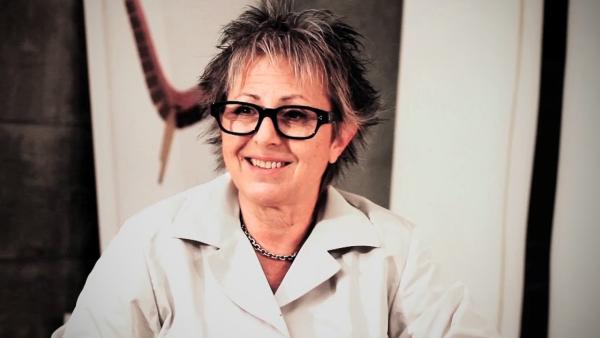
Recognition
2010 AIGA Medal
Born
1955, New York, New York
By Glen Helfand
September 11, 2010
Recognized for her ability to surprise and inform through her poignant communication designs for global brands and arts institutions, and for instilling that skill in others through her teaching.
When it comes to the challenges and complexities of design, Jennifer Morla is a champion of its ability to refocus the way we see the familiar. “How as designers,” Morla wonders, “can we reach out to an audience and make them experience a brand in a more meaningful way? To invite them to re-examine their perception of a company and say, ‘This is Clorox?!’’” She could easily have substituted any number of companies (having worked extensively with Levi’s, Apple Computer, Design Within Reach, Wells Fargo, Herman Miller, among many others) for the well-known cleaning brand. Regardless of client, Morla consistently uses design to open eyes.
“You always have to give them the combo platter: surprise and educate,” she says, punctuated by an engaging laugh. Peruse her portfolio—which contains examples from Morla Design, the studio she founded in San Francisco in 1984—and a focus emerges, centering on elevated standards and a multidisciplinary arsenal of approaches to branding, print, web, packaging, and retail store design. Highlights include poster designs such as a 2009 piece on Iranian dissent featuring lips seemingly sewn shut; packaging, such as a bag for the Discovery Store that creates a shimmering moiré pattern when in use; and books, such as a gorgeous coffee-table tome on the history of Levi’s.
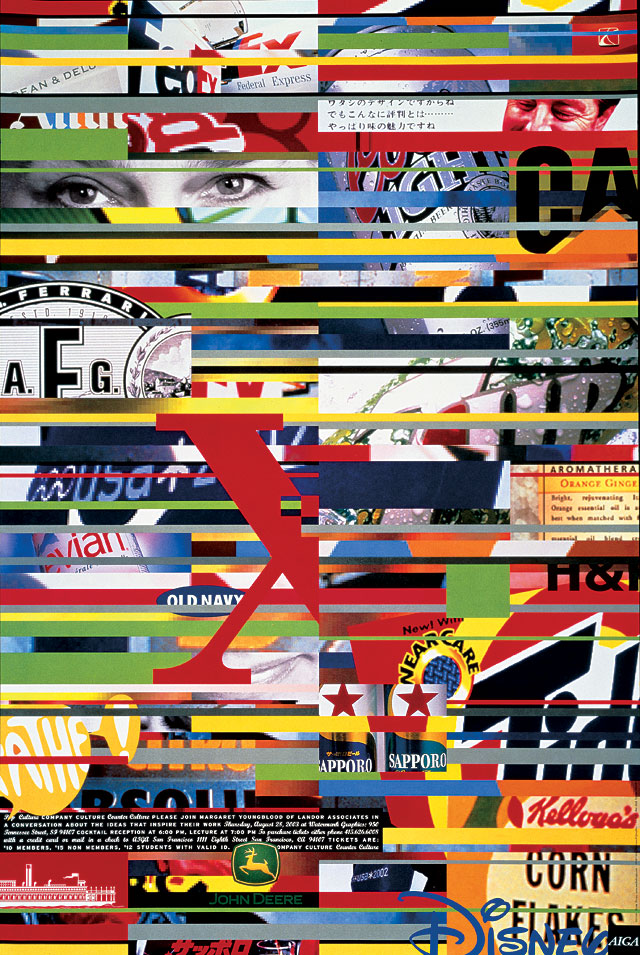
AIGA Landor Associates poster, 2003Client: AIGA San Franicsco Chapter; Art director: Jennifer Morla; Designers: Jennifer Morla, Brian Singer.
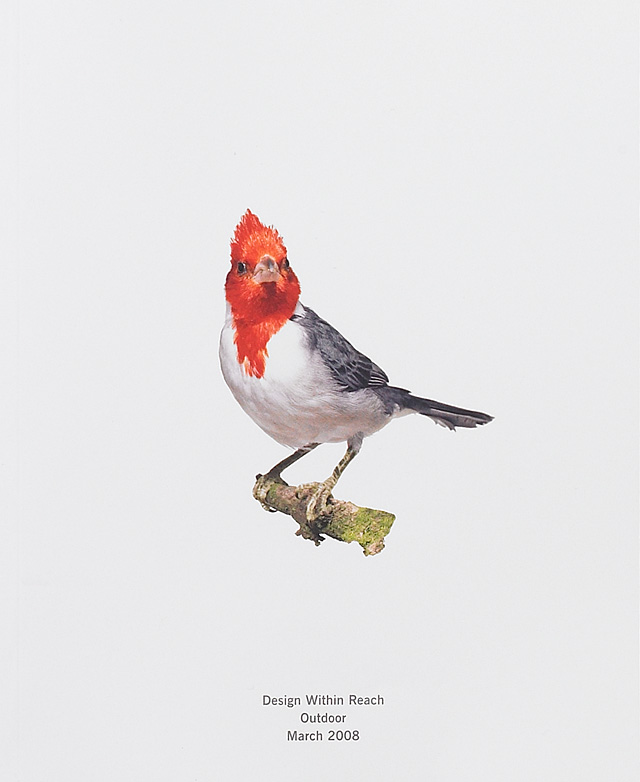
Design Within Reach: Outdoor catalog, 2008Client: Design Within Reach; Art director: Jennifer Morla; Designers: Jennifer Morla, Tina Yuan.

United Airlines Hemispheres Magazine cover, 2002Client: Hemispheres Magazine/Pace Communications; Art director: Jennifer Morla; Designers: Jennifer Morla, Hizam Haron; Illustrator: Jennifer Morla.
“The wonderful and humbling part about design is, it’s a big responsibility, as things don’t go away,” she says, referring to the life cycle of design artifacts. “You have a responsibility to make them as good as they can be.”
With an interest in creating works of a lasting nature, she has frequently aligned herself with arts organizations such as New Langton Arts and Capp Street Project in San Francisco and SculptureCenter in New York. Morla explains that “art is always in the background” of what she does, and she maintains a parallel practice of painting large encaustic pieces and creating site-specific installations. Morla’s early experience with motion graphics also factors heavily in her interdisciplinary stance on art: her first job when landing in San Francisco in 1978 was at PBS station KQED, where, as senior designer for on-air and print graphics, she honed her skills by creating concise, moving typography for its broadcasts.
Conceptual art has certainly influenced Morla Design, whose signature style is hard to pin down, with diverse approaches ranging from Swiss austerity for a Michael Mina restaurant menu to Tropicalia in a splashy poster for San Francisco’s Mexican Museum. “I’m not sure there’s a specific stylistic approach,” she admits. “I look for the soul of the brand and let that determine the look and feel.”
Still, Morla welcomes and pursues thoughtful challenges in her meetings with clients: “There’s no project that I’ve taken on that I didn’t think would be the best project I’ve ever done, and it’s exciting to know that the client will go on the ride with me,” she says.
Morla has captured the essence of numerous clients, but she had the most extensive opportunity with furniture retailer Design Within Reach, for whom she served as chief creative and marketing officer from 2006 until 2008 (she started as creative director in 2005). The position allowed her to more fully express the brand’s spirit and identity, which she accomplished through revamping the format and intention of the regularly published catalogs, making them as much resource as art piece. She filled page spreads with incisive juxtapositions—the classic 1947 Noguchi Table seen next to Eva Zeisel’s coffee table from 1993 is a particularly salient example of Morla’s eye and approach—illustrating a dialogue about design in a mercantile context. As stated in a 2008 interview in I.D. Magazine, she wanted to “redefine the concept of catalog from ‘disposable retail mail’ to a vehicle infused with authorship and history.” Her work for the company contributed to its receiving the AIGA Corporate Leadership Award.
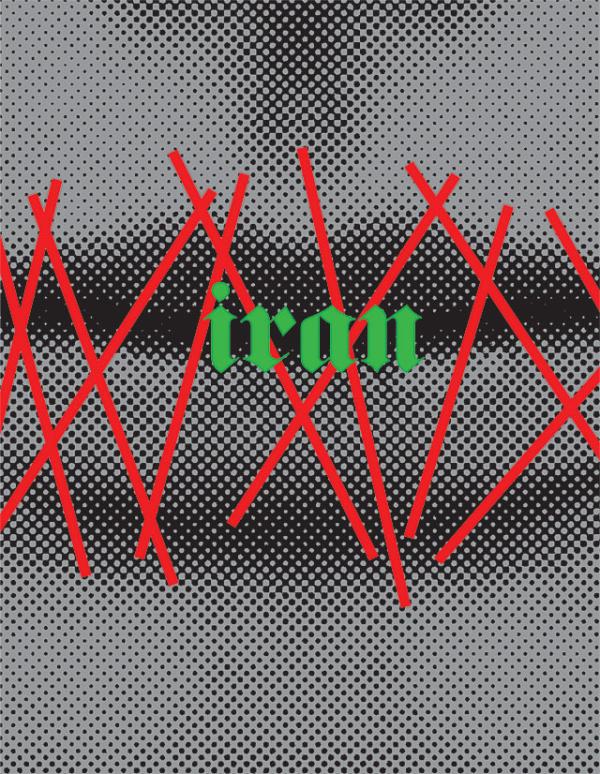
Iranian Dissent poster, 2009Client: Morteza Majidi; Art director: Jennifer Morla; Designers: Jennifer Morla, Anita Sarrett; Photographer: Jennifer Morla.
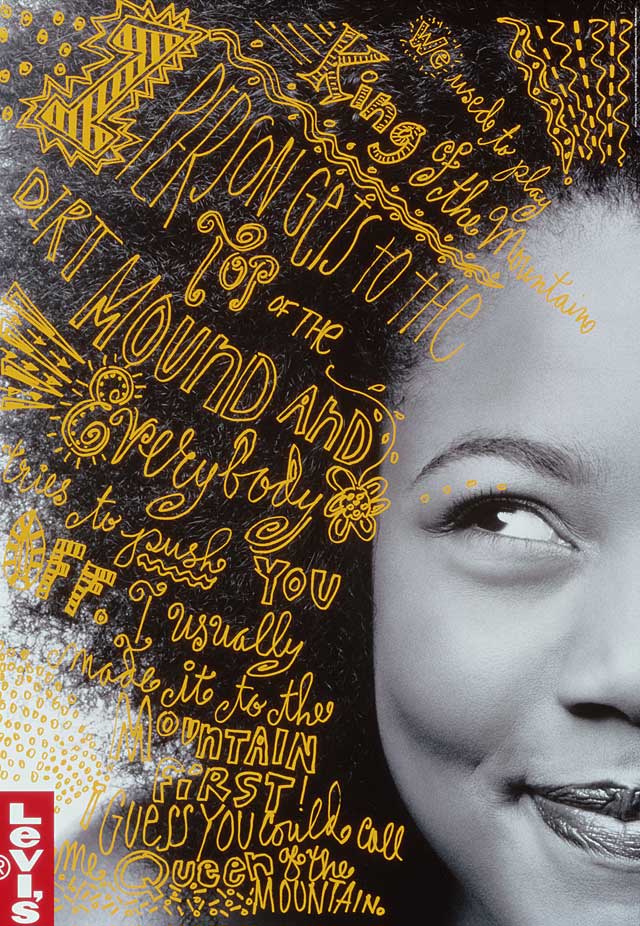
Levi’s poster, 1998Client: Levi Strauss & Co.; Art director: Jennifer Morla; Designers: Jennifer Morla, Angela Williams; Illustrator: Jennifer Morla (hand lettering); Photographer: Jock McDonald.

Moon Zappa book cover, 1999Client: Random House Dell; Art director: Jennifer Morla; Designers: Jennifer Morla, Hizam Haron; Illustrator: Moon Zappa.
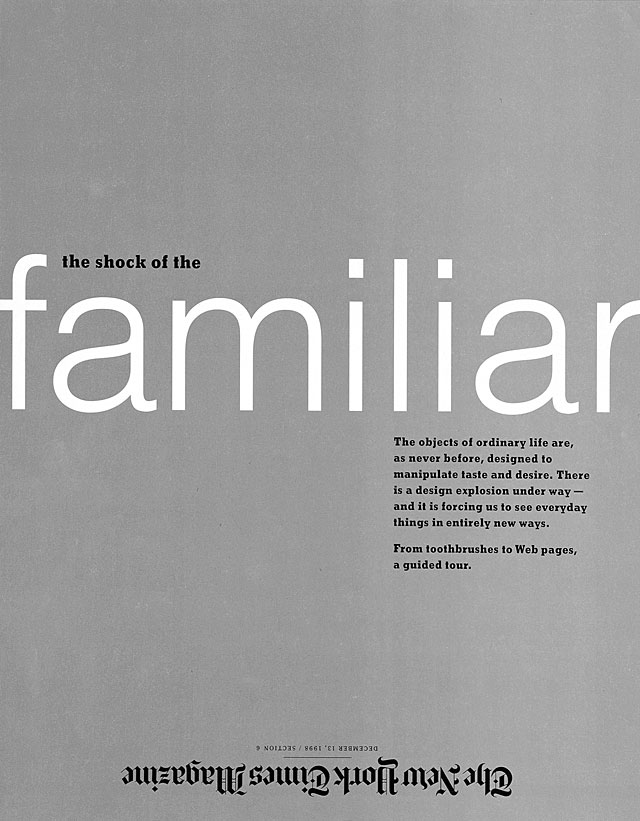
New York Times Magazine cover, 1998Client: New York Times; Art directors: Janet Froelich, Jennifer Morla; Designers: Jennifer Morla, John Underwood.
When Morla began working with Design Within Reach, its business had somewhat plateaued. “I needed someone well grounded in art, design and craft, with retail chops, who would challenge me to take things up a notch,” says Rob Forbes, founder of Design Within Reach, and he received just that. “She has very high standards on everything. Nothing passes her eye that is not considered. Having overall quality and brand control in hand is very stress reducing.” Forbes adds that “Jennifer’s driven more by intellect than style, and she latches onto good ideas and improves them.” With Morla, he says appreciatively, “you don't waste time getting to the heart of the design issues. She is appropriately feisty and opinionated—she's not a ‘yes' person.”
Morla’s multiplicity works well pedagogically, too, as she has been a respected professor at California College of the Arts (formerly California College of Arts and Crafts) since 1992. “I’m pretty pragmatic with students,” she says. “I stress the importance of gathering research and analyzing information—I ask them to bring in fifty solutions to a single problem, and tell them they can’t shortchange any of them.”
Her career in academics, it seems, has all the staying power and panache of her design calling. “She’s a great colleague, and very tough on the students—in a good way,” says Michael Vanderbyl, a designer, friend and colleague in the CCA undergraduate design program. “She helps students forge their ideas, to make sure things are conceptually sound. It’s all about getting to the core root of the investigation.”
Vanderbyl points to Morla’s tenacity as perhaps her strongest asset: “Jennifer’s a tough cookie, and I mean that with love,” he says. “She has great conviction, she stands behind what she is interested in. That’s what’s allowed her to survive in this business.” Her ability to thrive, to excel, may also rest in her graceful rise to challenges, such as being commissioned to design a 1998 New York Times Magazine cover. “The creative director called me up,” she says, “and asked if I would like to design the cover—of course I would! Though she also told me, ‘We don’t really pay, we have two weeks, we’re also going to ask five other designers to submit covers.’” Those “other designers” included esteemed peers Tibor Kalman, Margaret Youngblood and Stefan Sagmeister—all of whom had work published in that issue’s interior pages. The cover line read: “The Shock of the Familiar.”
What could have easily been a competitive design-star melee became, for Morla, a means of rethinking. “Everything is designed,” she says, “we just don’t know it.” Sagmeister recalls working on the project and how Morla’s penchant for the simple and sublime won out: “I worked for a couple weeks on my cover, which involved a complex photo shoot with animals and illustration and type all over. And then Jennifer came along and solved it all by turning the New York Times-logo upside down. She manages to make simplicity entertaining.”